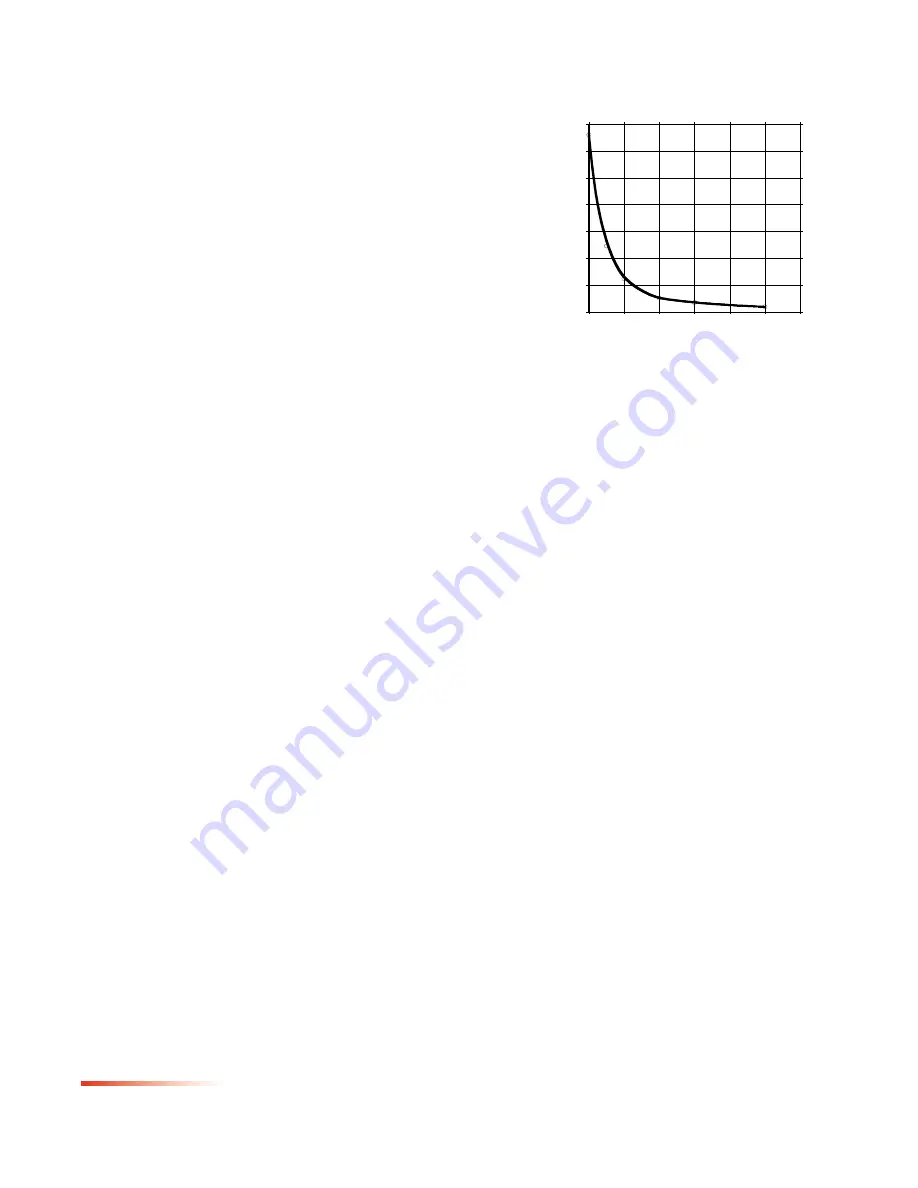
4-2 Chapter 4: Heparin Management in Cardiopulmonary Bypass Surgery
The change in Clot Rate is non-linear. Clot Rate decreases
with increasing heparin concentrations. The Clot Rate
is initially very sensitive to changes in heparin and
becomes less sensitive to changes in heparin at higher
heparin concentrations. The ACT and Clot Rate results
together provide a more comprehensive assessment of the
anticoagulant effect of heparin. Recent publications have
shown the Clot Rate to provide higher statistical significance
to heparin levels than conventional ACT results.
The ACT shows a delay in initial clot formation, but the
real objective of heparin is suppressing clot formation. The
Clot Rate result shows the important anticoagulant effect
of suppressing fibrin formation and therefore is more specific for monitoring heparin’s ability to suppress
clot formation rather than just delay clot formation. The Sonoclot Analyzer is a superior instrument for
managing heparin because it characterizes both the coagulation reaction time typical of ACT instruments
and additionally characterizes the development of the actual clot.
Heparin Management Objectives
Proper dosing of heparin during treatment improves patient outcomes since under-administration elevates
the risk of forming unwanted blood clots, and over-administration elevates the risk of bleeding. Heparin
is metabolized. In order to maintain desired therapeutic heparin concentrations, heparin must be re-
administrated periodically during cardiovascular bypass surgery. Accurate heparin dosing requires heparin
monitoring to guide heparin re-administration.
Activation Reagents for Heparin Monitoring
Any coagulation test is a combination of many separate processes including collecting a blood sample,
activating the blood sample, and analyzing the blood sample. The specific activator used for a test
influences the test results and no one activator works well for all applications. In cardiovascular surgery,
there are two primary hemostasis states for the patient: when anticoagulation has been inhibited by high
dose heparin therapy and when coagulation should be functioning normally. Hemostasis management
can be much more specific if appropriate reagents are selected for these two hemostasis states.
For high dose heparin therapy, standard ACT activators including celite or kaolin, are typically used to
direct heparin therapy management. While these same activators are often used for baseline and post
protamine assessment of coagulation, testing samples with little or no heparin can be significantly improved
by using a reagent optimized for samples that do not contain high levels of heparin. Sienco recommends
two different activators for cardiovascular surgery: kaolin for high dose heparin therapy management, and
glass beads for baseline, post protamine, and ICU testing. Understanding the difference in performance
of these two activators is important.
0
5
10
15
20
25
30
35
0
1
2
3
4
5
6
Clot Rate versus Heparin Concentration
Clot Rate (
∆Clot Signal/
∆minutes)
Heparin Concentration (IU/mL whole blood)
kACT








































